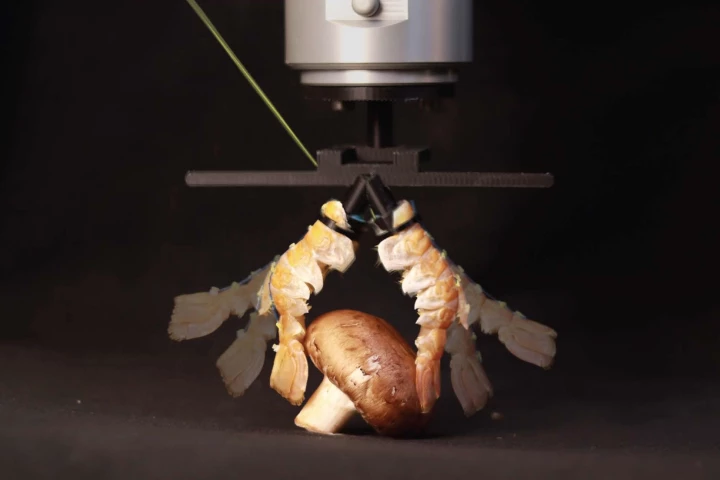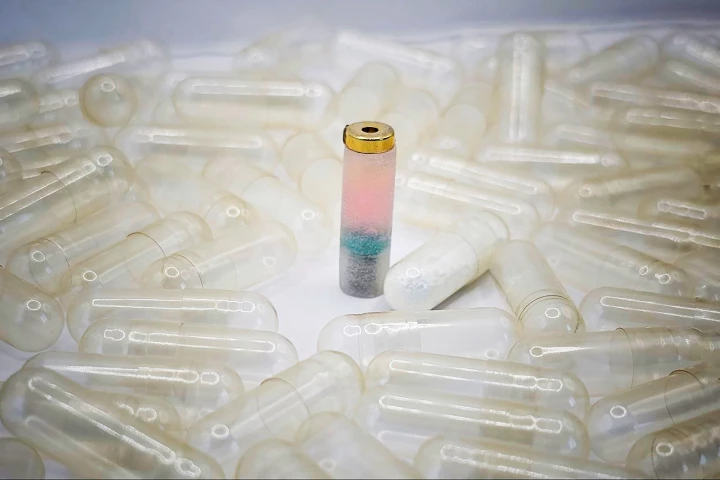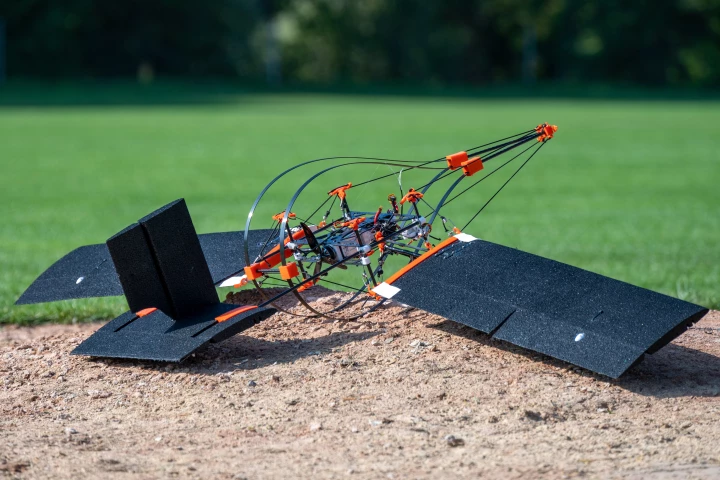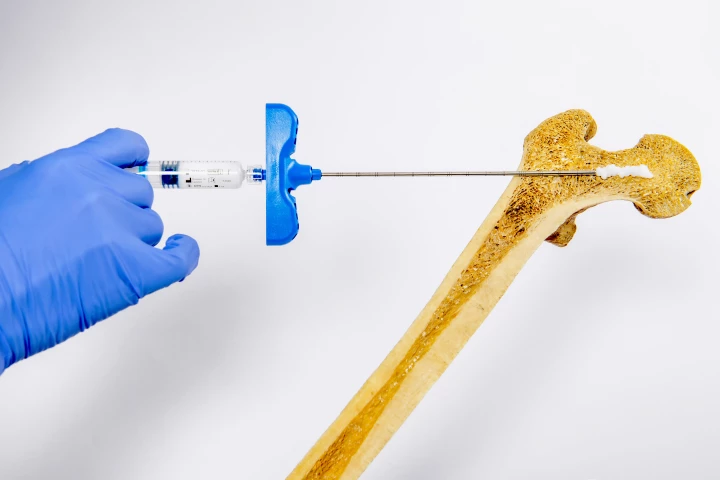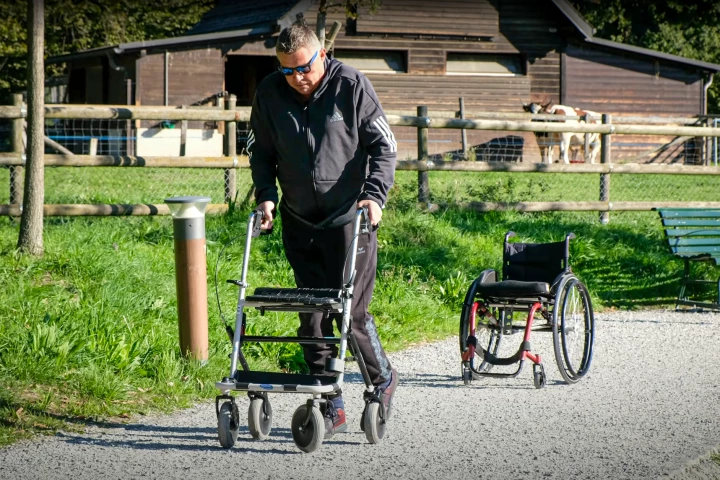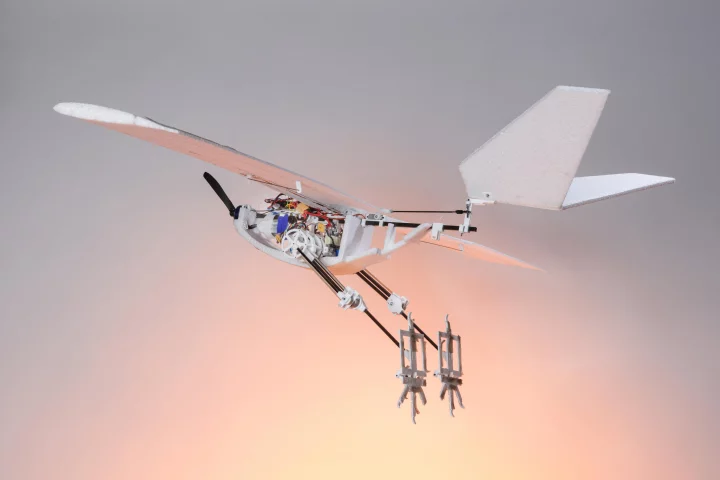EPFL
-
An experimental robotic gripper from Switzerland’s École Polytechnique Fédérale de Lausanne (EPFL) utilizes a pair of lobster tails as twin fingers. Because it uses actual animal tissue, this “hand” isn’t bio-mimicked. It’s bio-derived.
-
When an ulcer creates an actual perforation in the digestive tract, surgery is currently the only treatment. In the not-too-distant future, however, such holes may be easily plugged with the equivalent of a tiny remote-control swallowable pen.
-
For the first time, scientists have used innovative tech to demonstrated that a healthy microbiome needs a consistent flow of the right foods, finally proving that the "hunch" advice of 5 A Day is spot on, as far as your gut bugs are concerned.
-
Despite the fact that they bang their heads against trees on a daily basis, woodpeckers don't suffer brain injuries. Inspired by the tough-headed birds, scientists have developed a fixed-wing drone that can survive frontal collisions.
-
If you're releasing a robot into the aquatic environment with no intention of retrieving it, that bot had better be biodegradable. Swiss scientists have gone a step better, with a li'l robot that can be consumed by fish when its job is done.
-
Factory wood-cutting robots may be capable of fast and intricate carpentry tasks, but they're expensive – plus they put actual carpenters out of work. A new augmented reality system splits the difference, by guiding the hands of human carpenters.
-
A new study has tested innovative proof-of-concept technology that syncs electrical stimulation with rehabilitation robotics to enable individuals paralyzed after spinal injury to move more naturally. The tech should improve recovery outcomes.
-
If a robot is going to excel at traversing multiple types of terrain, it shouldn't have an unadaptable "Jack of all trades, master of none" body shape. That's where the GOAT comes in, as it automatically changes shape depending on the landscape.
-
If a robot is being used to gather data in sensitive aquatic environments, it shouldn't have a whirring propeller that could harm wildlife or get caught in weeds. A new bot addresses that issue by utilizing a swimming mechanism inspired by flatworms.
-
Osteoporosis is typically treated with orally administered drugs, which may take up to a year to have a noticeable effect. A new injectable hydrogel, however, is claimed to drastically boost bone density in as little as two weeks.
-
Two patients with spinal injuries have seen improvements in their ability to walk again, thanks to deep brain stimulation. Intriguingly, the therapy targets a region of the brain that normally isn’t associated with motor skills.
-
While autonomous flying robots have some intriguing potential applications, their usefulness is limited if they can't move across uneven terrain once they land. A new bio-inspired bot can do so, however, by mimicking the gait of the raven.
Load More
